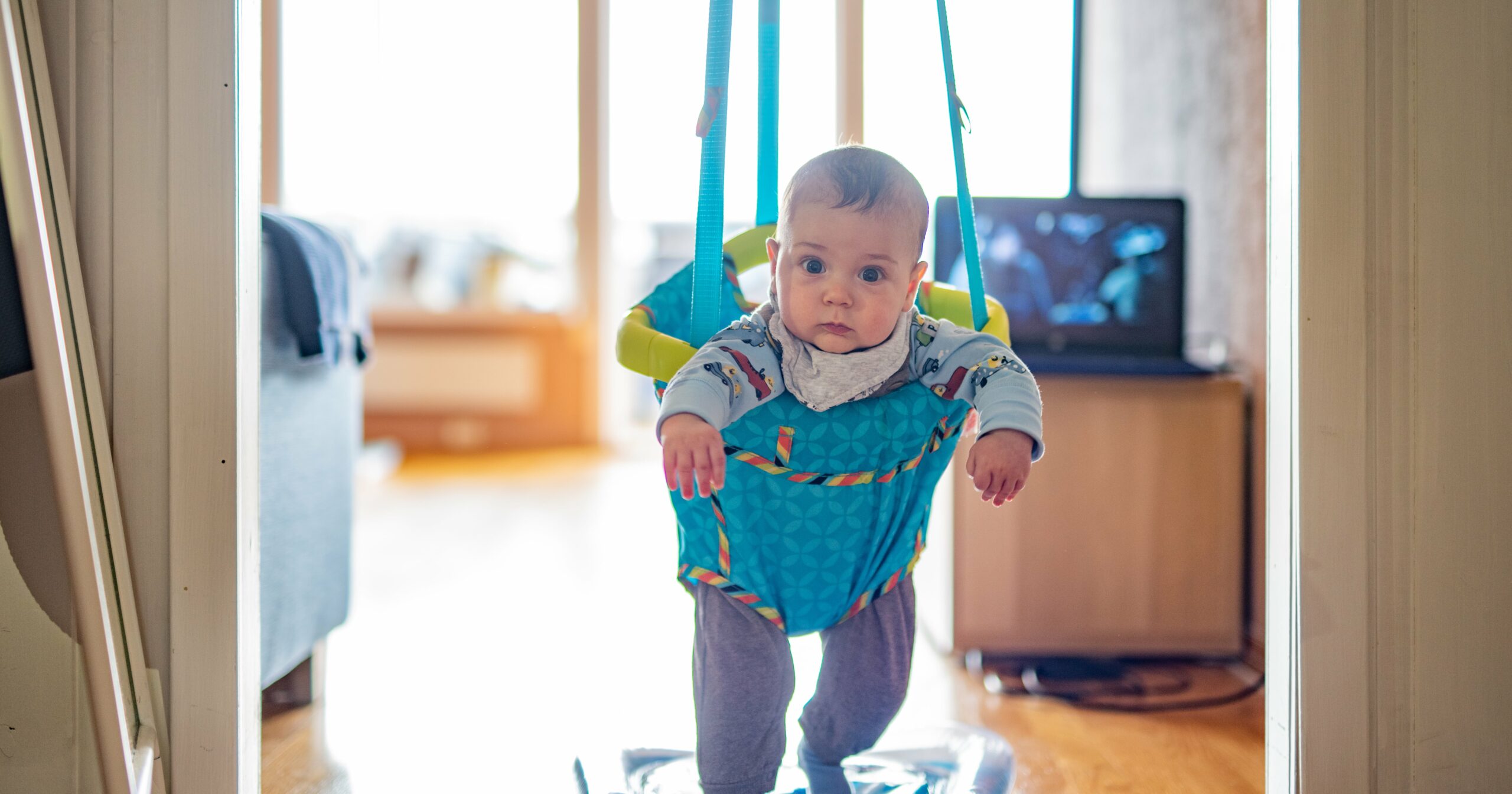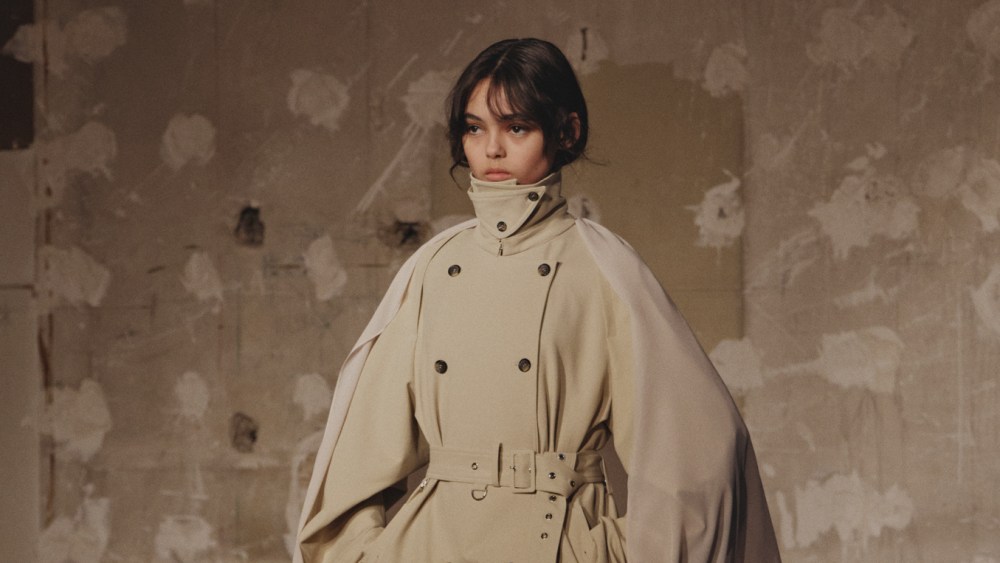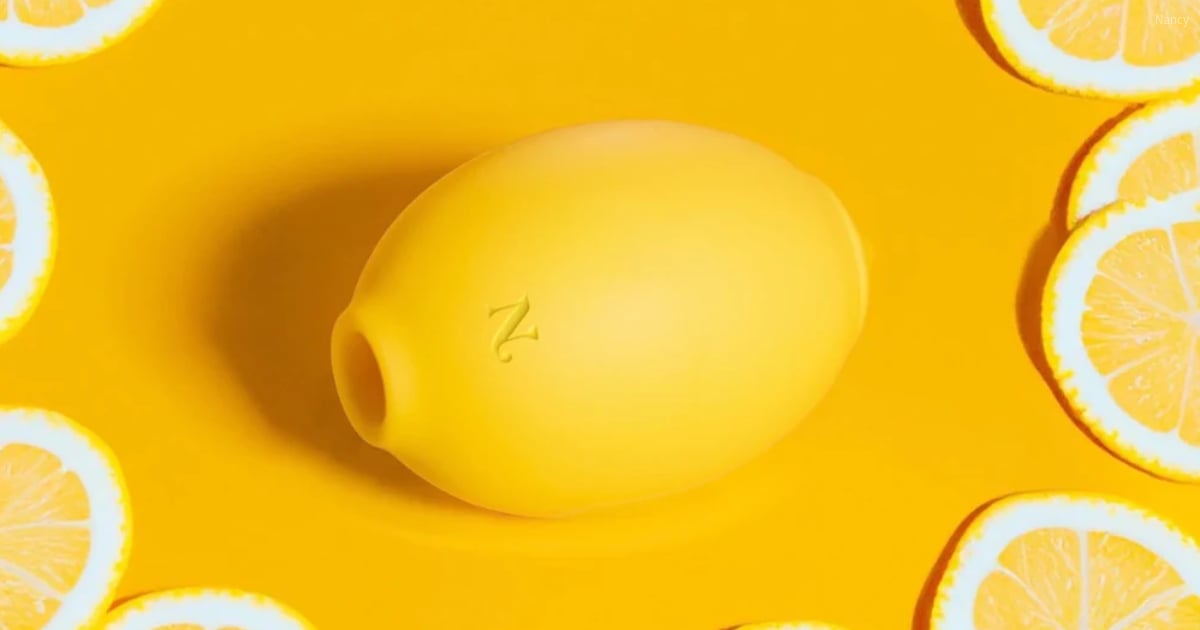There’s nothing quite like the infectious giggle of a baby who’s just learned they can launch themselves repeatedly off the ground in a frenzy of jumps and bounces (with the help of a baby jumper or activity center, of course). Even better? Baby jumpers can pull double duty as a means of self-entertainment, allowing parents to make lunch or wipe down a counter while their child happily jumps away.
That said, medical experts generally recommend babies engage in free play on the floor over baby jumpers most of the time. “We encourage children to move naturally and parents to provide children with the opportunity to move their bodies naturally,” says Blaise Nemeth, MD, a pediatrician who specializes in orthopedics in Madison, WI, and spokesperson for the American Academy of Pediatrics. “We want to let children develop their jumping skills on their own without the use of assistive devices.”
Part of the reason for this is that babies’ bodies may not be developmentally ready for jumping, says Kelsey Baas, PT, DPT, founder of and a pediatric physical therapist at Compleo Physical Therapy & Wellness in Waco, TX, as the muscles and movements needed for jumping are learned through the process of standing and walking independently.
However, Baas notes that many parents look to baby jumpers to provide a much-needed break – and that’s OK! But it’s important to follow a few rules of safety and consider a number of features to find the best baby jumper for your family.
Tips to Use a Baby Jumper Safely
If you’re going to invest in a baby jumper, you’ll want to follow these safety precautions, says Sumera Solaiman, MD, assistant professor of clinical pediatrics at Children’s Hospital of Philadelphia.
- Make sure the baby has good head control: To avoid injury, you’ll want to wait to use a jumper until your baby has good head and neck control, which is usually around 6 months of age, Dr. Solaiman says.
- Limit their time in the jumper: Only put your baby in the jumper for about 15 minutes, once or twice a day, Dr. Solaiman says. “Excessive time in a jumper means less floor time for your baby, and floor time is crucial for gross motor development, like learning how to crawl and walk,” she says.
- Always monitor your baby: A baby jumper can provide a break for parents, but that doesn’t mean they should be unsupervised. You’ll always want to be in view of your baby in the jumper.
- Never allow them to sleep or feed in the jumper: Jumpers do not provide a safe environment for sleep or feeding your baby. If you see the telltale signs of drowsiness, swiftly remove them from the jumper.
- Properly install the jumper: Carefully follow the manufacturer’s instructions to ensure your baby’s safety, Dr. Solaiman says. “Improperly installed baby jumpers can cause injury to your baby,” she adds.
- Check weight limits: Once your baby exceeds the maximum weight limit for the jumper, it’s time to put it away. This decreases the risk for the baby being able to tip the jumper over, Dr. Solaiman says.
The Best Baby Jumpers You Can Buy
Now that it’s clear how to safely use a baby jumper, it’s time to consider baby jumper features that will work for your particular baby and home.



